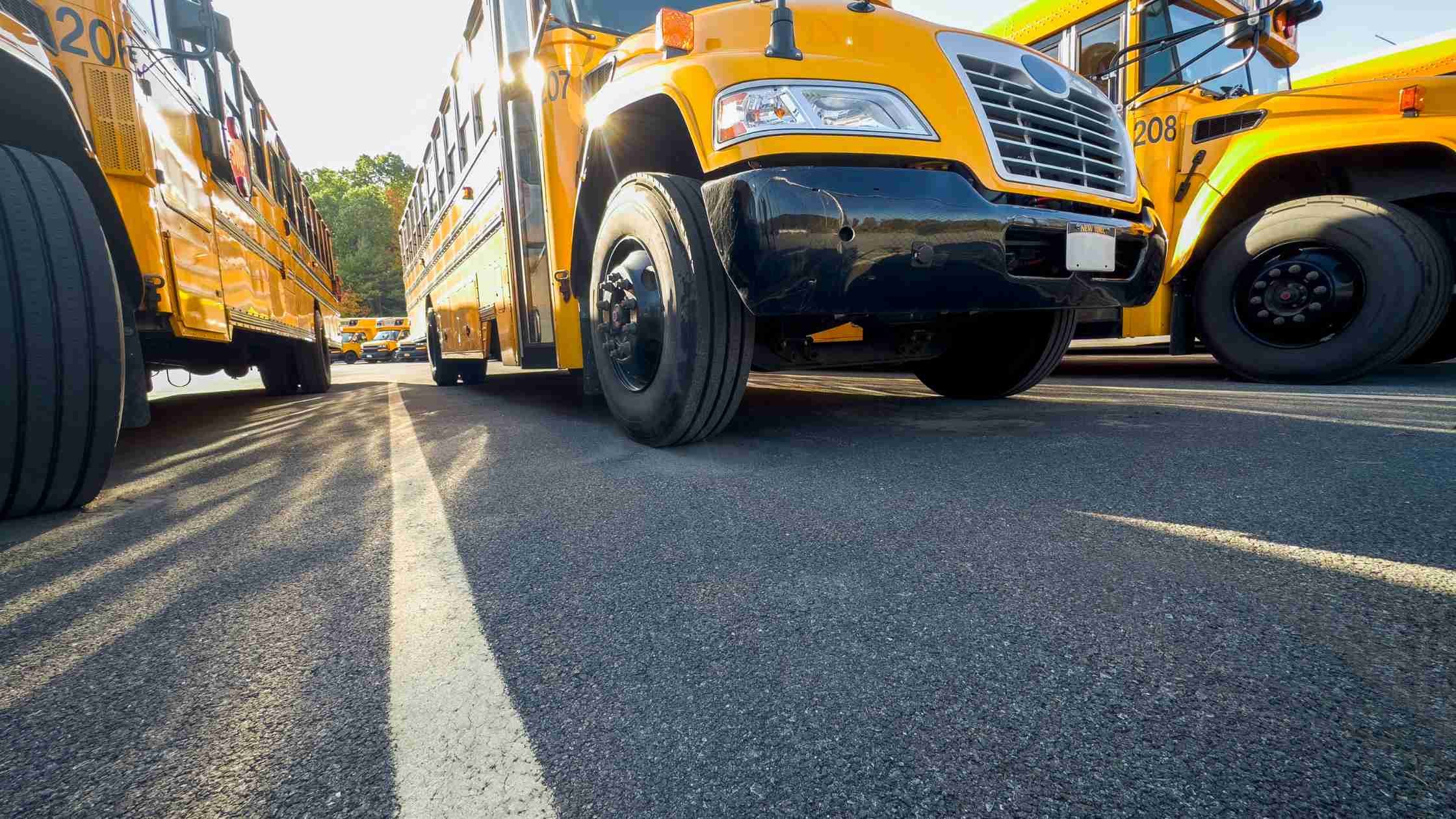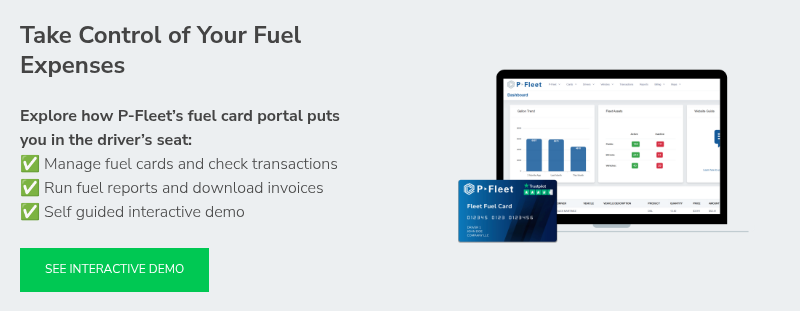
Buses are a common mode of transportation for millions of people worldwide, whether for commuting to work or school, traveling across long distances, or touring popular tourist destinations. As a result, fuel efficiency is an important consideration for bus operators and those responsible for school bus fleet management since it affects operating costs and environmental impact. The average miles per gallon (MPG) for buses can vary depending on several factors, such as the type of bus, its age, fuel type, and driving conditions. In this post, we'll go over everything you need to know about different types of buses and their MPG.
Table of Contents
Types of Buses
Buses come in many different types, each having different purposes and features. Some of the most common types include:
- School Buses: These are designed to transport students to and from school and are also used for field trips and other educational activities. They feature large windows, ample seating capacity, and safety features such as stop signs and flashing lights.
- City Buses: City buses are used for public transportation within urban areas and typically feature low floors for easier boarding and disembarking, multiple doors for quick access, and space for standing passengers.
- Coach Buses: Coach buses are designed for long-distance travel and have comfortable seating, climate control, and amenities such as restrooms, entertainment systems, and overhead storage compartments.
- Charter Buses: Charter buses are a type of bus designed for transporting groups of people who are traveling long distances. Charter buses are generally larger and heavier than other buses, which can impact their fuel efficiency.
- Shuttle Buses: These buses are used for transporting passengers over short distances, such as an airport or hotel shuttles, and typically have a smaller seating capacity and minimal amenities.
- Tour Buses: These are used for sightseeing and group travel, and typically feature large windows, comfortable seating, and amenities such as restrooms and onboard entertainment systems.
- Double Decker Buses: Double decker buses feature two levels of seating which provide more capacity for passengers and are often used for sightseeing tours in urban areas.
- Articulated Buses: These feature a flexible middle section that allows the bus to bend and maneuver more easily on city streets, and are often used for public transportation in busy cities.
What is the MPG for different types of buses?
Here is the average MPG for different buses:
- School bus MPG: 6 to 10
- City bus MPG: 3.5 to 6.5
- Coach bus MPG: 6 to 8
- Charter bus MPG: 5 to 8
- Shuttle bus MPG: 15 to 20
- Tour bus MPG: 6 to 8
- Double decker bus MPG: 4 to 6
- Articulated bus MPG: 3.5 to 5.5
Factors That Affect MPG
Vehicle Size & Weight
One of the main factors that can impact the MPG of a bus is the size (and weight) of the bus. Larger buses that can carry more passengers tend to have lower fuel efficiency compared to smaller buses. This is because larger buses require more fuel to move heavier weights and sizes. For instance, a typical school bus, which can seat around 72 passengers, has an average MPG of around 6 to 10 miles per gallon. In contrast, smaller shuttle buses used for airport transfers or hotel shuttles can have an average MPG of around 15 to 20 miles per gallon. School buses are larger and heavier than other types of buses, which can result in lower fuel efficiency. The size of a school bus is typically designed to accommodate a large number of passengers, ranging from 50 to 90 students. The larger size of the bus and the weight of the passengers can also cause the bus to consume more fuel to move from one point to another, leading to a lower MPG.
Vehicle Age & Maintenance
Another factor that can impact MPG is the age and maintenance history of the bus. Older buses tend to have lower MPG compared to newer ones because of wear and tear on the engine and other mechanical components. Regular fleet maintenance like oil changes, tune-ups, and tire replacements can help improve the efficiency of older buses. Similarly, newer buses with modern engines and fuel-efficient technologies can achieve higher MPG than older models.
Fuel Type
The fuel type used in a bus can also affect its MPG. Charter buses may use alternative fuel sources such as compressed natural gas (CNG) or propane, but most buses run on diesel or biodiesel, which usually provides better fuel efficiency compared to gasoline. Diesel engines are also known to have higher torque and better power efficiency, which can help improve MPG bus ratings. However, newer hybrid buses that use a combination of diesel and electric power can achieve even higher MPG than traditional diesel buses.
Driving Conditions
Driving conditions and routes also play a role in determining MPG bus efficiency. Buses that operate in urban areas with frequent stops and starts tend to have a lower MPG rating compared to buses that travel on highways. School buses usually operate on city and suburban roads with frequent stops. Stop-and-go traffic burns more fuel, resulting in lower school bus MPG. Charter buses usually operate on highways or long-distance routes, which can lead to improved fuel efficiency compared to buses that operate on city and suburban roads. A steady speed with fewer stops leads to better fuel efficiency. In contrast, elevated terrain can impact the fuel efficiency of a bus because of the increased power required to climb steep slopes. Route planning and optimizing driving routes can help reduce fuel consumption and improve the MPG of buses.
The average MPG for buses can vary depending on several factors, including the type of bus, its age, fuel type, and driving conditions. While larger buses tend to have lower MPG compared to smaller ones, newer buses with modern engines and fuel-efficient technologies can achieve higher MPG than older models. Regular maintenance and optimizing driving routes can help improve the fuel efficiency of buses, leading to cost savings and reduced environmental impact.





